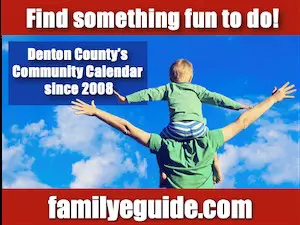
The following information comes from Ty Albright, a career commercial real estate project manager who provides project management services for various real estate developments and assists with the formation of cohousing groups. In the video below, Mr. Albright answers some questions about those groups.
“Imagine that you live in a place where you know all your neighbors and they all look out for you. You often encounter a friend as you walk to or from your car. You are invited, daily, to join others for a meal or a fun visit. When you go on vacation everyone watches your house and it’s easy to find someone to water the plants or feed the cat. When you need a little extra help, you have friends and neighbors ready to pitch in. You have community support that enables elders to age-in-place and prolong the amount of time they can live at home. Children grow up free range with next door playmates and a safe place to roam.
“It’s called cohousing, also known as an intentional community. It is a small neighborhood where everyone who lives there agrees to be a good neighbor. You know your neighbors and you all agree to look out for each other. Design and Community make cohousing neighborhoods different from typical tract home developments. Almost all homes today are designed around the automobile. You pull into and out of your garage and rarely see your neighbor. People in today’s society do not know their neighbor and have little social interaction. Most homes have empty guest rooms and a garage full of equipment that rarely gets used. Living in a big cluttered house in isolation is expensive, unhealthy and a lot of work.
“Cohousing is designed so you have maximum opportunity to interact with your neighbors. Homes with front porches face each other and are grouped around common areas. You can see what is going on from your front window and you cross paths with neighbors as you walk to and from common shared amenities or parking. This type of design encourages community living with social gatherings and activities where you get to know your neighbor. Your home is private with a full kitchen and features similar to any other typical home. If you want solitude, your home is your private domain. If you want community, step outside. Participation is not mandatory; your level of community involvement is up to you.
“Cohousing involves shared resources. There is a common house, which has a kitchen where group meals can be prepared, storage sheds with equipment like step ladders and garden tools that you use when needed, but don’t have to store. Because of access to shared amenities, you can keep a smaller house with less clutter, less work and less expense. The people who live in community decide how to operate and manage themselves. There are no managers or rules imposed upon you. This is an environment where people have come together who are in agreement to be cooperative and a good neighbor. When there is conflict neighbors work together to resolve issues in a healthy way.”
For more info: www.cohousing.org or www.texascohousing.info
Bob Weir is a former NYPD officer, long-time Flower Mound resident and former local newspaper editor.

















